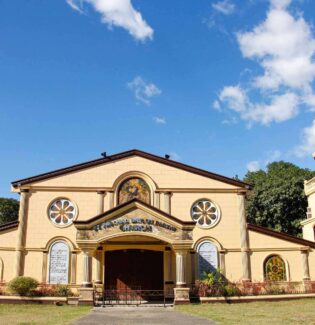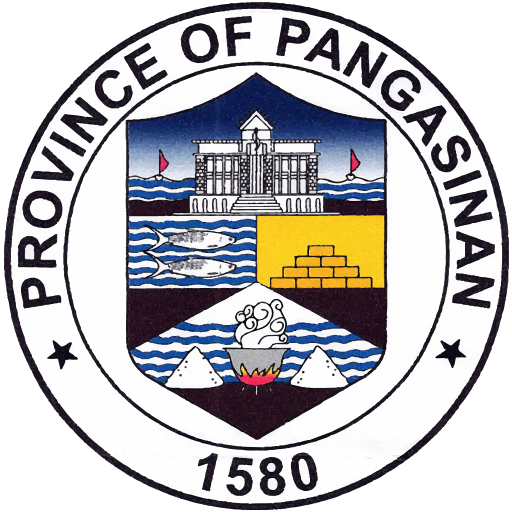San Quintin
At the close of the 17th century, San Quintin was still a wilderness inhabited by fierce man-eating tribes called “Ubilaos”. At the beginning of the 18th century, the first Christian settlers from the coastal towns of La Union and Ilocos Sur arrived. An exodus of immigrants from the Ilocos coastal towns found their way to the fast growing village. As a result of the great exodus, the “Ubilaos” and the other smaller minority tribes deserted their dwelling places and settled deeper into the safety of the vast forests. They left behind their settlements. The different settlements were organized into one entity and was named Lango-lango. The union was made to promote closer understanding and amiable relationship among the settlers because trade was flourishing. Due to the rapid growth of the population, Lango-lango was transformed into a barrio under the jurisdiction of the municipality of Umingan which was then a town of Nueva Ecija.
In 1861, Don Quintin Lictawa called for a “Great Conference” attended by all the leaders of the different settlements to plan to press the Spanish government to recognize the barrio as a town and to name it as San Quintin. In 1863, a Spanish decree was enacted giving birth to the municipality of San Quintin.
Contact Information
Tourism Officer: Mr. Kerr Jaye Dela Paz
Contact Number: 632-7638 / 632-7636 / 575-6085 | 0950 511 2899



